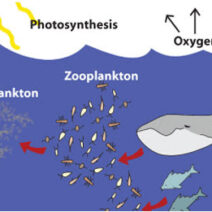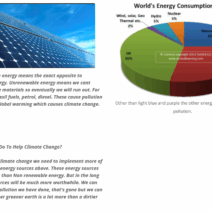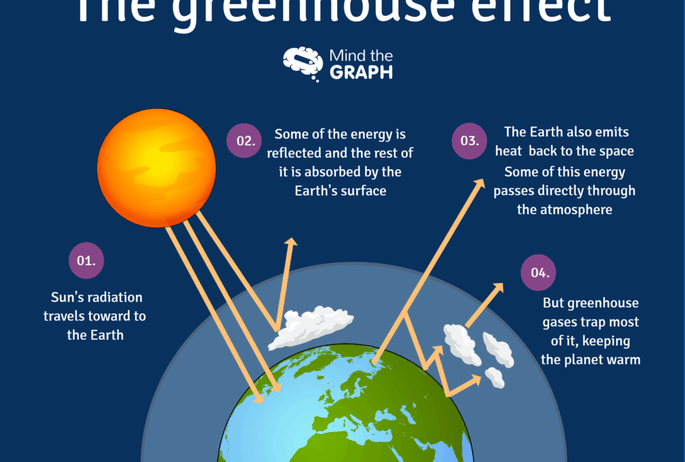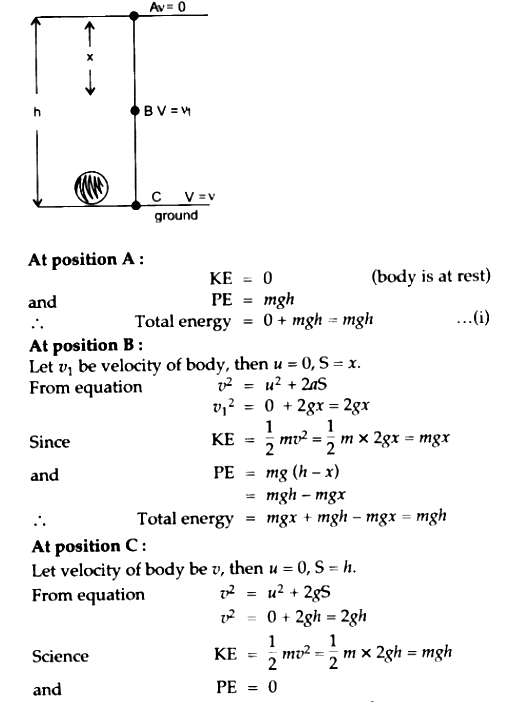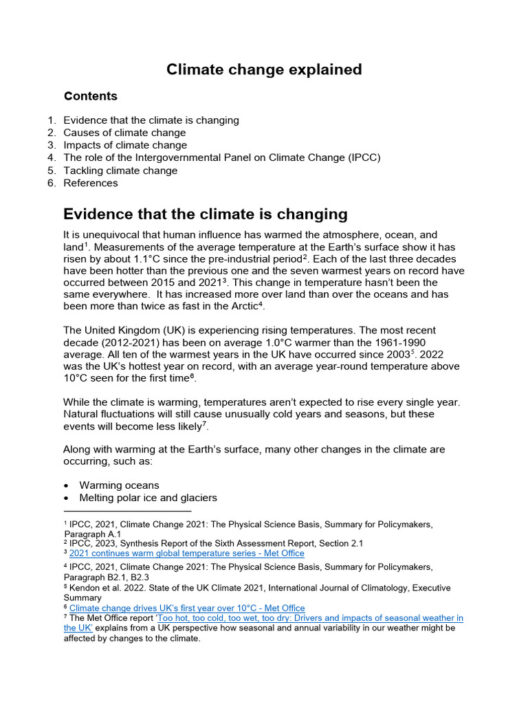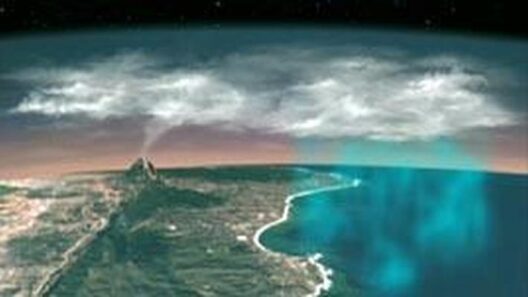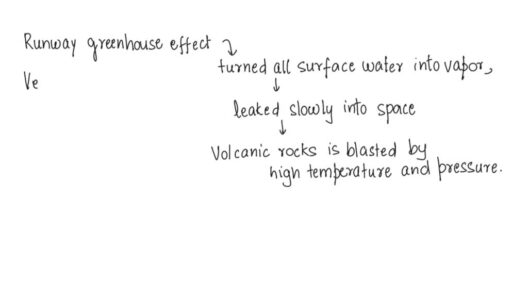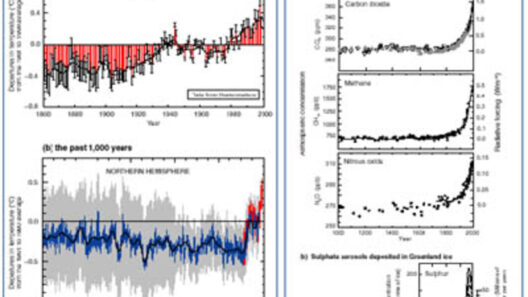The phenomenon of the greenhouse effect is a fundamental aspect of our planet’s climate system. But when does it occur? What are the primary causes behind this critical environmental issue? These questions beckon a closer examination, as understanding the timing and mechanisms of the greenhouse effect can empower us to address and mitigate its impacts effectively. With that said, let’s explore the myriad dimensions surrounding this vital atmospheric phenomenon.
The greenhouse effect traditionally occurs when certain gases in Earth’s atmosphere trap heat from the sun. But what precipitates this heat retention, and when is this effect most pronounced? This phenomenon is centrally triggered by a delicate balance between incoming solar radiation and outgoing terrestrial radiation. However, various factors, including human activity, can significantly exacerbate this natural process.
Imagine a planet that can self-regulate its temperature, thanks to its atmospheric composition. This self-regulation occurs naturally, yet our activities are disrupting this process. Could our advancements in technology actually be at odds with the stewardship of this magnificent planet? Let’s delve deeper into the specifics.
One primary cause of the greenhouse effect is the accumulation of greenhouse gases in the atmosphere, which occurs across both natural cycles and anthropogenic activities. These gases include carbon dioxide (CO2), methane (CH4), nitrous oxide (N2O), and water vapor, each playing a crucial role in trapping heat. While the Earth’s natural carbon cycle can regulate CO2 levels, the endless combustion of fossil fuels releases carbon at unprecedented rates, exacerbating the greenhouse effect.
When do these gases reach critical concentrations? The timing is often linked to industrial activities. For instance, emissions peak during specific seasons due to increased energy consumption—often aligned with extreme weather events or heightened industrial activity. Emissions can also accumulate in concentrated urban environments where transportation and energy use are at their zenith. As a result, cities become hotspots for greenhouse gas concentrations, precipitating more intense heat retention during summer months. In this context, it’s imperative to ask—are we organizing our societies in ways that align with ecological sustainability, or are we contributing to our climate’s demise?
Another crucial dimension to consider is how different ecosystems engage with the greenhouse effect at varying times. Forests, oceans, and wetlands each have roles in carbon sequestration. When considering forests, carbon dioxide levels fluctuate seasonally, with photosynthesis absorbing CO2 in warmer months while decomposition releases it during cooler periods. This cyclical function begs the question—what would happen if these natural ecosystems could no longer fulfill their crucial roles? Would urban expansion and deforestation eventually tip this delicate balance?
Moreover, the timing of the greenhouse effect is time-sensitive, particularly with regard to climate change. Scientific models suggest that as global temperatures rise, some regions will experience more severe outcomes. This disparity prompts concerns about the equity of greenhouse gas emissions—how are wealthier nations held accountable when their higher emissions contribute disproportionately to climate ailments faced worldwide? A looming ethical challenge exists in outlining responsibilities that align with ecological justice.
Furthermore, we must address the influence of feedback loops. For example, as polar ice caps melt due to rising temperatures, previously trapped methane is released, further accelerating the greenhouse effect. Essentially, the very phenomena designed to protect our planet can turn against us when they spiral out of control. It raises an intriguing proposition: can we harness the potential of innovation to develop solutions needed to prevent these feedback loops from escalating?
Equally important is to recognize the temporal aspect of climate action. While many advocate for immediate measures to combat the greenhouse effect, effective climate strategies also require longer-term planning and commitment. Delay in action not only intensifies the inevitable impacts of climate change but also compromises our window of opportunity to correct the course of our environmental trajectory. The constructive challenge then lies in how we balance short-term attempts with long-term sustainability.
For many communities, education serves as the keystone in addressing the greenhouse effect. Knowledge dissemination regarding the origins and impacts of greenhouse gases can empower individuals and societies to adopt environmentally friendly practices. Schools, local governments, and social organizations can play crucial roles in facilitating understanding and collective action. Could broad awareness campaigns about the greenhouse effect inspire grassroots movements that challenge industrial norms and advocate for greener technologies?
In examining when the greenhouse effect occurs, we find an intricate tapestry of timing, human activity, and ecological processes. This synthesis reveals the profound implications of our lifestyle choices and encourages critical thinking about future pathways. As we stand at this juncture, a vital consideration remains: will we explore the limits of innovation and societal restructuring to preserve our fragile atmosphere? The power lies in our hands, and the time to act is undeniably now.
Ultimately, the concepts introduced surrounding the greenhouse effect are dynamic and complex, evolving as new challenges and discoveries arise. Writing this analysis has not only highlighted the immediacy of climate change but has also illuminated the importance of thoughtful and informed actions moving forward. It’s time we reflect, engage, and act decisively to influence the future state of our environment.
